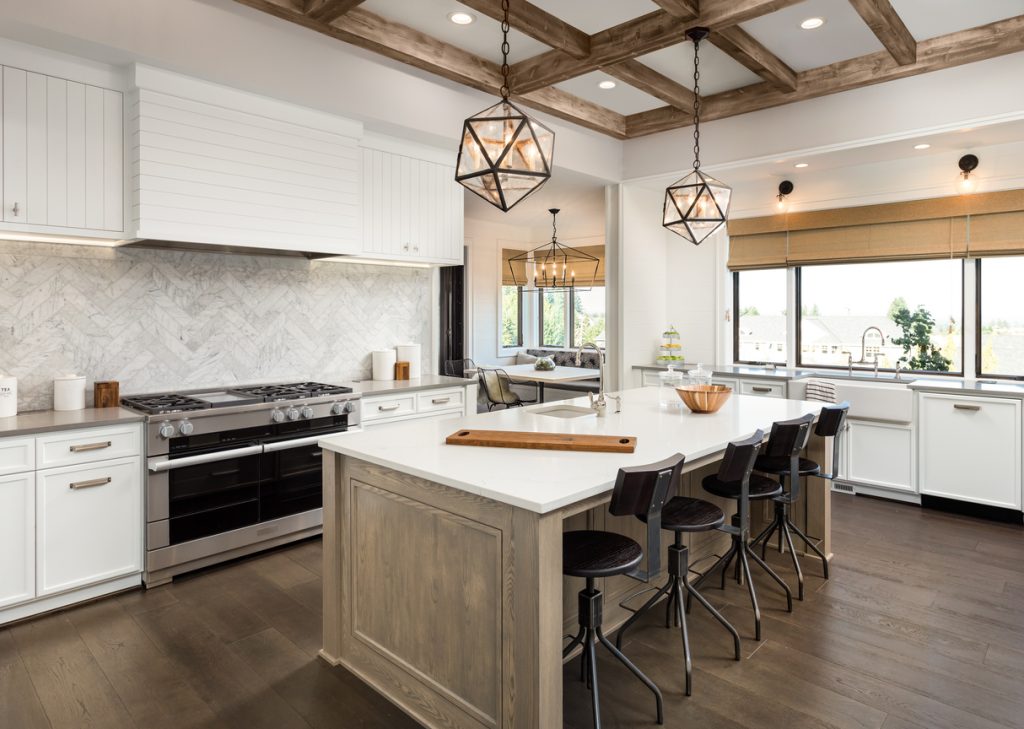Lighting might seem like a simple thing, but it plays a surprisingly important role in how we experience day-to-day living. The right kind of lighting can set the mood, make a room feel bigger and even help you concentrate on tasks. But with all the different types of lighting options out there, it can be confusing to know where to start. This guide will shed light on the most common indoor lighting types and their functions.
Setting the Stage With Ambient Lighting
Imagine walking into a room with harsh overhead lights. It certainly does not make the environment feel too cozy or inviting. That is where ambient lighting comes in. It provides the basic level of illumination you need to see and move around safely. Think of it as the foundation for your lighting scheme.
There are many ways to achieve ambient lighting. Recessed overhead lights are a popular choice, especially in kitchens and bathrooms. Chandeliers and pendant lights can add a decorative touch while still providing ample light. Floor lamps and table lamps can also contribute to ambient lighting, especially in living rooms and bedrooms.
Task Lighting
Not all activities require the same level of light. Reading a book, working on a craft project or applying makeup all require good task lighting. This type of lighting focuses a bright beam of light on a specific area to help you see clearly and comfortably.
Task lighting comes in many forms. Desk lamps are perfect for study areas and home offices, and under-cabinet lighting provides a well-lit workspace in kitchens. Reading lamps with adjustable arms let you direct the light exactly where you need it. When choosing task lighting, consider the activity and the amount of light needed for optimal comfort and performance.
Accent Lighting
This type of lighting is used for drawing attention to specific features in a room. Accent lighting can add drama, create visual interest, and enhance overall design.
There are many ways to incorporate accent lighting. Recessed spotlights can highlight a favorite painting or sculpture. Track lighting allows you to adjust the direction of the light to highlight architectural features or plants. Pendant lights over a kitchen island can add a touch of personality.
Layering It Up: The Key to Great Lighting
Think of lighting like layering clothes. Ambient lighting is your base layer to provide overall brightness. Task lighting adds functionality, such as a warm sweater for specific needs. And accent lighting is your statement piece, like a scarf that ties the whole look together.
By using a combination of ambient, task, and accent lighting, you can create a well-rounded and inviting atmosphere in any room. For example, a living room might have recessed overhead lights for general lighting, a floor lamp for reading, and sconces on the wall to highlight artwork.
With a little knowledge, you can use the power of light to create a space that is both beautiful and functional. For help with optimizing the lighting in your El Paso, TX home, reach out to Secure Contractors.

